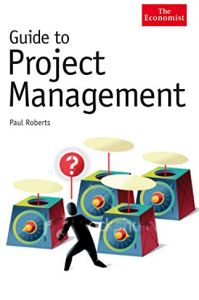Únase a getAbstract para acceder al resumen.

Únase a getAbstract para acceder al resumen.
Paul Roberts
Guide to Project Management
Profile Books, 2007
¿De qué se trata?
“The best-laid schemes o’ mice an’ men gang aft agley,” wrote Robert Burns. Hey, they just need good project management.
Recommendation
In 1994, after much ballyhoo and two decades of effort, Japan’s Kansai International Airport opened on an artificial island in Osaka Bay. To create the island, the Japanese excavated three mountains and moved 21 million cubic meters of landfill. Ten thousand workers spent 10 million work hours on the enormous project, the most expensive civil works project in modern history. Just one problem: The island and the airport are sinking into the sea. Whoops! There goes more than $20 billion in construction costs. Those in charge could have benefited from professional project management of their island and airport project. Now, instead, they may need boats at the airport. To ensure that your organization’s next big project doesn’t turn into a giant boondoggle, read Paul Roberts’s comprehensive, masterful and highly detailed book on project management. He thoroughly outlines many of these vital professional discipline’s proven techniques and procedures. getAbstract appreciates this compact guide to the best practices in project management.
Summary
About the Author
Paul Roberts is a consultant with extensive experience in project management and risk management. He trains professional project managers.

















Comment on this summary